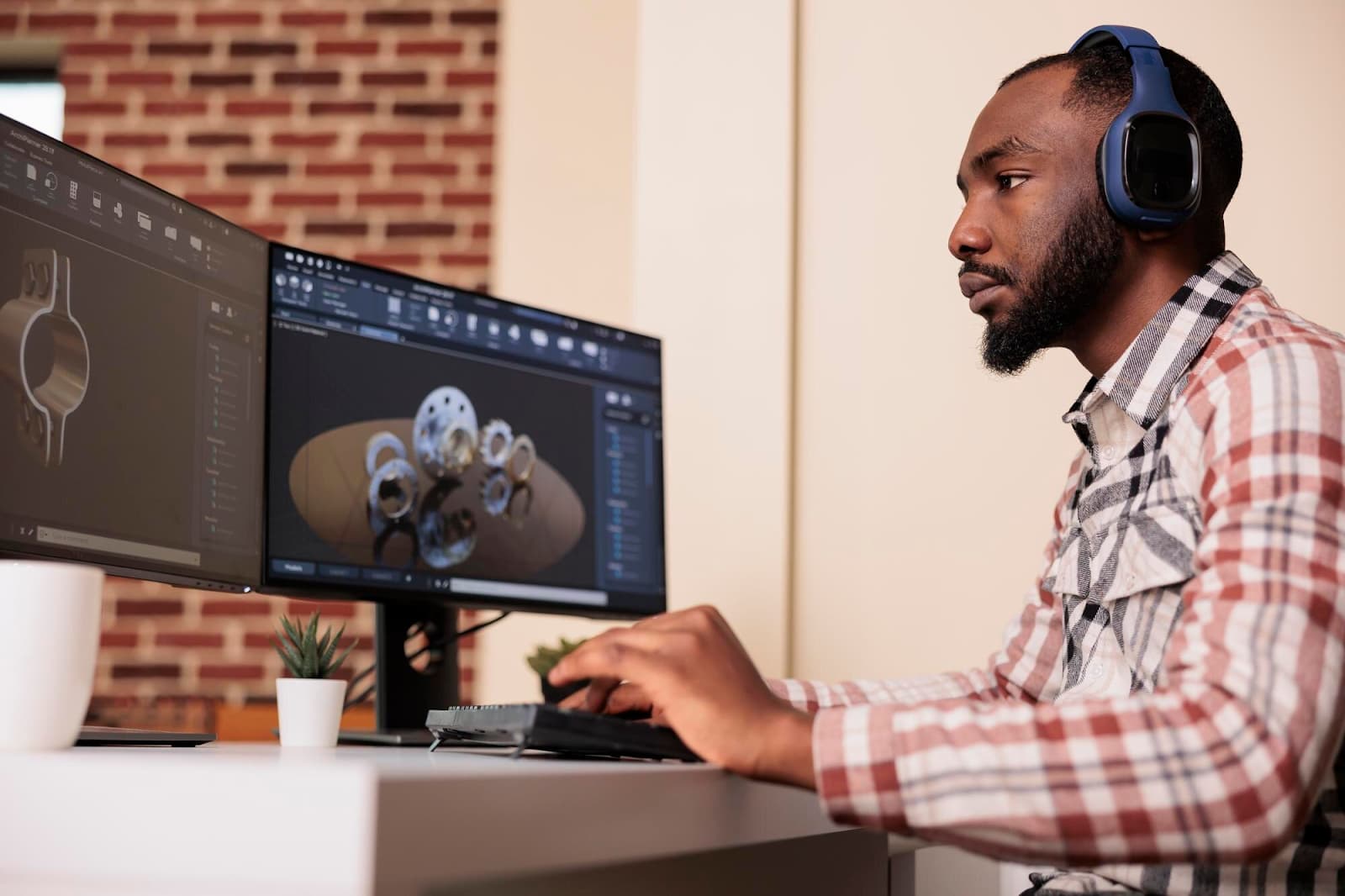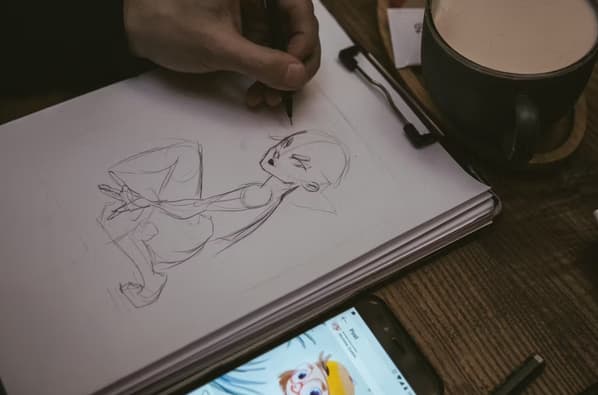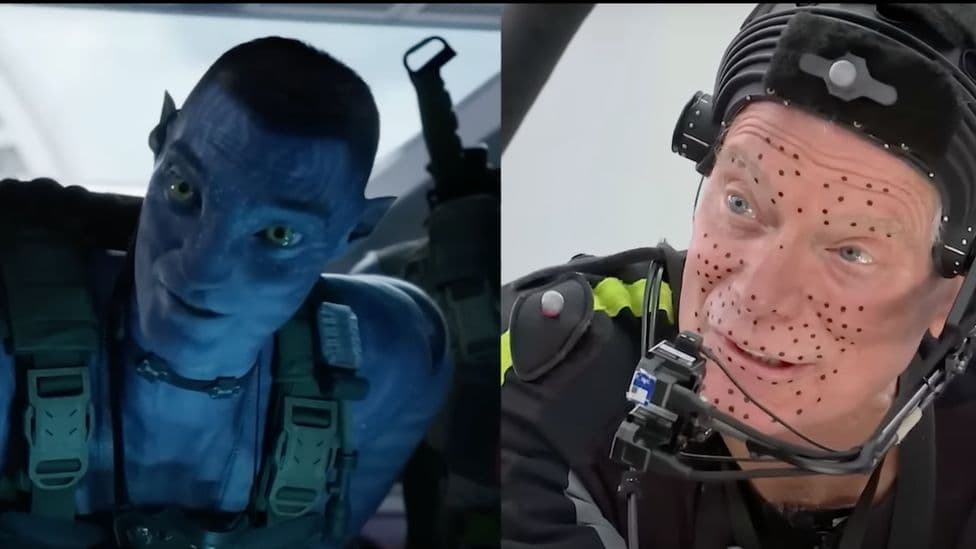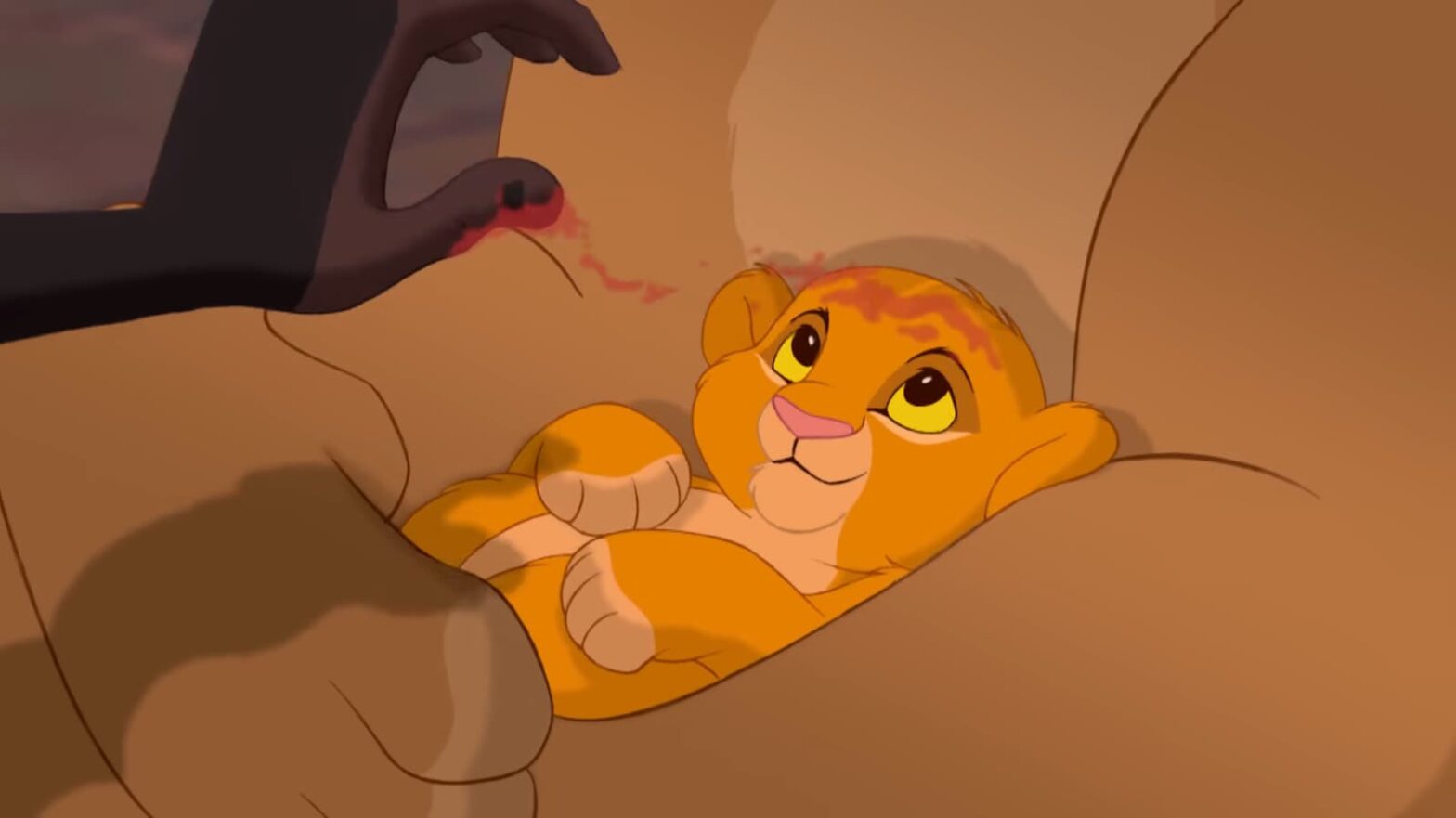In the world of visual storytelling, 3D animation stands out as a powerful and captivating medium. From blockbuster movies to immersive video games, 3D animation has become an integral part of modern entertainment. However, behind the mesmerizing visuals and seamless movements lies a complex and often expensive process. In this exploration, we will delve into the intricate world of 3D animation and uncover the underlying factors that make it a costly endeavor. From skilled talent to cutting-edge technology, licensing fees to rigorous quality control, join me as we dissect the reasons behind the high expense of 3D animation!
Labor Intensive
Specialized Professionals
The labor-intensive nature of 3D animation is a primary factor driving up its cost. A successful 3D animation project demands a team of specialized professionals, each contributing their expertise. Modelers create detailed 3D objects, characters, and environments. Animators meticulously bring these creations to life, manipulating every movement and expression frame by frame. Rigging experts develop the underlying skeletal structure that enables fluid motion. Texture artists add realism through intricate surface details.
Team Collaboration
Moreover, collaboration among these professionals is essential for achieving a cohesive and visually stunning result. The coordination required to synchronize the efforts of modelers, animators, riggers, and texture artists adds a layer of complexity to the production process. This collaborative effort not only increases the time investment but also contributes significantly to the overall cost of the project.
Cost Implications
The need for a diverse set of highly skilled individuals, combined with the collaborative nature of 3D animation projects, results in substantial labor costs. Each professional involved in the process brings a unique skill set and level of expertise, which directly impacts the overall expenses incurred during the production phase.
High-Quality Software and Hardware
Cutting-Edge Technology
Another significant contributor to the high cost of 3D animation is the requirement for high-quality software and hardware. The tools and technologies used in 3D animation are sophisticated and continually evolving. Industry-standard software such as Autodesk Maya, Cinema 4D, and Blender, among others, offer advanced features for modeling, animation, rendering, and special effects. These software packages come with substantial licensing fees, adding to the initial investment required for a 3D animation project.
Hardware Requirements
In addition to software, powerful hardware is indispensable for handling the complex computations and rendering processes involved in 3D animation. High-performance workstations equipped with advanced graphics cards, large amounts of RAM, and fast processors are essential for efficiently managing the intricate tasks associated with 3D animation production. The acquisition and maintenance of such hardware entail considerable financial outlay, further contributing to the overall expense of 3D animation.
Ongoing Upgrades
Furthermore, the need to stay abreast of technological advancements means that studios and production houses must regularly invest in upgrading their software and hardware infrastructure. This continuous cycle of upgrades and updates is necessary to ensure compatibility with the latest industry standards and to maintain a competitive edge in the market. Consequently, the ongoing investment in software licenses and hardware upgrades becomes a recurring cost that significantly impacts the overall budget of 3D animation projects.
| Software/Hardware | Description | Cost |
|---|---|---|
| Autodesk Maya | Industry-standard software for 3D modeling, animation, and rendering | $1,620/year |
| Cinema 4D | Powerful 3D modeling and animation tool with advanced features | $3,495 (one-time purchase) |
| Workstation | High-performance computer with advanced graphics card, RAM, and processor | $2,500 – $5,000 |
Iteration and Refinement
Creative Exploration
The iterative nature of 3D animation production is another key element that contributes to its overall cost. The creative process often involves multiple iterations and refinements to achieve the desired visual and narrative impact. Whether it’s refining character designs, adjusting lighting and textures, or fine-tuning animation sequences, each iteration requires time, effort, and resources.
Client Feedback
Moreover, client involvement and feedback play a crucial role in shaping the final outcome of a 3D animation project. Addressing client revisions and accommodating changes throughout the production cycle necessitates additional rounds of refinement, leading to extended production timelines and increased costs. The iterative nature of the creative process, while essential for delivering high-quality results, adds a layer of unpredictability to the overall budget and schedule of 3D animation projects.
Resource Allocation
From allocating additional time for reworking specific elements to adjusting the scope of the project based on client feedback, the iterative nature of 3D animation production introduces complexities that have cost implications. The allocation of resources, both in terms of time and manpower, to accommodate iterative refinement contributes to the overall expense of 3D animation projects.
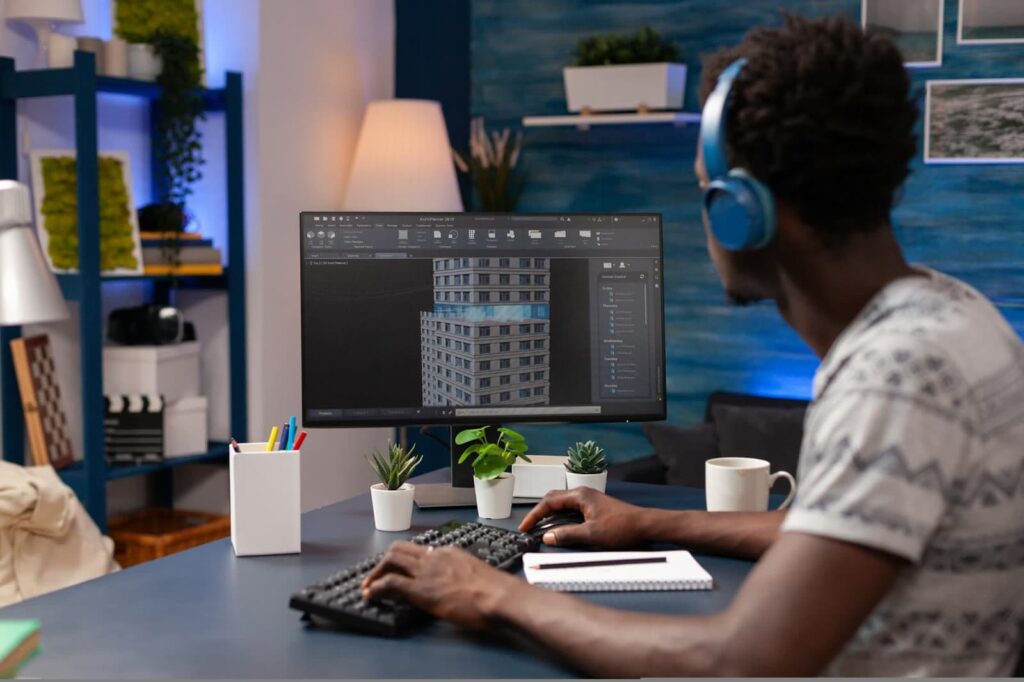
Time-Consuming
Production Timeline
The time-consuming nature of 3D animation production is a fundamental aspect that influences its cost. Creating compelling 3D animations involves meticulous attention to detail and a significant amount of time dedicated to various stages of production, including concept development, pre-visualization, asset creation, animation, rendering, and post-production.
Project Complexity
Furthermore, the complexity of 3D animation projects often leads to extended production timelines. Projects with intricate character designs, elaborate environments, and sophisticated visual effects require a substantial investment of time to ensure that every element is crafted to perfection. As the intricacy and scale of a project increase, so does the time required for its completion, directly impacting the overall cost of production.
Resource Management
Managing the time and effort expended by a team of professionals throughout the production cycle is essential for delivering high-quality 3D animations. However, the extensive time commitment required from skilled individuals translates into higher labor costs, contributing to the overall expense of 3D animation projects.
Rendering
Computational Intensity
Rendering, the process of generating the final images or frames from the 3D scene, is a computationally intensive task that significantly impacts the cost of 3D animation production. The complexity of 3D scenes, coupled with the demand for high-resolution output, necessitates substantial computational power and time for rendering.
Render Farms
To expedite the rendering process, studios often rely on render farms—clusters of high-performance computers dedicated to rendering tasks. The setup and maintenance of render farms involve additional expenses, including hardware procurement, infrastructure management, and energy consumption, all of which contribute to the overall cost of 3D animation production.
Time and Resources
The time and resources allocated to rendering are substantial, especially for projects with extensive visual effects, detailed environments, and complex character animations. As rendering constitutes a critical phase in the production pipeline, the associated costs, both in terms of hardware infrastructure and time investment, are significant contributors to the overall expense of 3D animation projects.
Complexity and Detail
Intricate Designs
The inherent complexity and level of detail in 3D animation projects are key factors that drive up their cost. From intricately designed characters with lifelike expressions to meticulously crafted environments with realistic textures and lighting, achieving a high level of visual fidelity demands a considerable investment of time and resources.
Special Effects
Moreover, the inclusion of special effects, dynamic simulations, and physics-based animations further amplifies the complexity of 3D animation projects. Implementing these advanced techniques requires specialized skills, additional software tools, and extended production timelines, all of which contribute to the overall cost of 3D animation production.
Quality Standards
Maintaining high-quality standards in terms of visual fidelity and attention to detail is paramount in 3D animation. Achieving this level of excellence entails a meticulous approach to every aspect of production, from character design to environmental rendering, resulting in heightened production costs due to the intricate nature of the work involved.
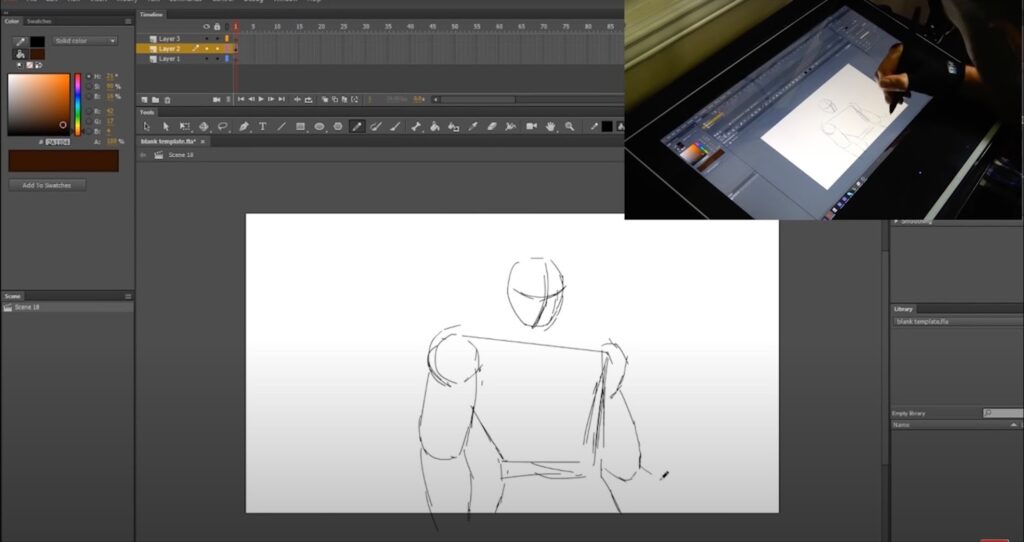
Licensing and Royalties
Intellectual Property
Licensing and royalties constitute a significant aspect of the cost structure for 3D animation projects, particularly when it comes to utilizing third-party assets, software plugins, or intellectual property. Securing the rights to use proprietary software, copyrighted materials, or licensed content involves financial considerations that add to the overall expense of production.
Third-Party Assets
Many 3D animation projects rely on the use of third-party assets, such as pre-built 3D models, textures, and visual effects elements. Acquiring the necessary licenses for these assets incurs additional costs, contributing to the overall budget of the project. Furthermore, the utilization of proprietary plugins or software extensions may involve ongoing royalty payments, further impacting the cost structure of 3D animation production.
Legal Compliance
Ensuring legal compliance and obtaining the requisite permissions for using intellectual property and licensed content are essential steps in the production process. The associated legal fees, licensing agreements, and royalty payments represent a notable component of the overall expenses incurred during 3D animation production.
Quality Assurance
Rigorous Testing
Quality assurance is a critical phase in 3D animation production, aimed at ensuring that the final output meets the highest standards of visual and technical quality. Rigorous testing and evaluation are conducted to identify and rectify any issues related to animation fluidity, visual consistency, rendering artifacts, and overall performance.
Additional Iterations
The quality assurance phase often leads to additional iterations and refinements, as identified issues are addressed and resolved to meet the specified quality benchmarks. This iterative process of testing and refinement consumes additional time and resources, contributing to the overall cost of 3D animation production.
Client Approval
Moreover, client approval and feedback during the quality assurance phase can influence the extent of revisions and refinements required, further impacting the overall budget and schedule of the project. The comprehensive evaluation and validation processes inherent in quality assurance add a layer of complexity and cost to 3D animation production.
How Much Does 3D Animation Cost?

As a general guideline, the cost of 3D animation can range from $10,000 to $200,000 per minute. Various factors contribute to the overall cost of 3D animation, including:
- The complexity of the project: The more intricate the project, the more time and resources it will require, resulting in a higher cost. This includes factors such as the number of characters, level of detail needed, and the use of special effects;
- Experience and skill level of animators: Typically, more experienced and skilled animators charge higher rates. However, it’s important to note that having experience and skill does not always guarantee high-quality work;
- Location of the studio: The cost of 3D animation can also vary based on the location of the studio. Studios located in major cities like Los Angeles and New York City tend to have higher rates compared to those in smaller cities or rural areas.
Here are some examples of the estimated costs for different types of 3D animation projects:
- A short explainer video for a small business may cost between $5,000 to $10,000;
- A TV commercial with a simple character and animation style could cost around $20,000 to $30,000;
- A Hollywood-style animated film with complex characters and scenes could cost hundreds of millions of dollars.
If you’re considering a 3D animation project, it’s crucial to obtain quotes from multiple studios to ensure you’re getting the best price possible.
Conclusion
In conclusion, the high expense of 3D animation can be attributed to a multitude of factors, ranging from the labor-intensive nature of production to the requirement for high-quality software and hardware, iterative refinement, time-consuming rendering, project complexity, licensing and royalties, and rigorous quality assurance measures. Understanding these cost drivers is essential for stakeholders involved in 3D animation projects, enabling them to plan and allocate resources effectively while striving to achieve the desired level of visual and technical excellence. Despite the challenges posed by its cost, 3D animation continues to captivate audiences worldwide, showcasing the remarkable creativity and dedication of the professionals who bring these animated worlds to life.
